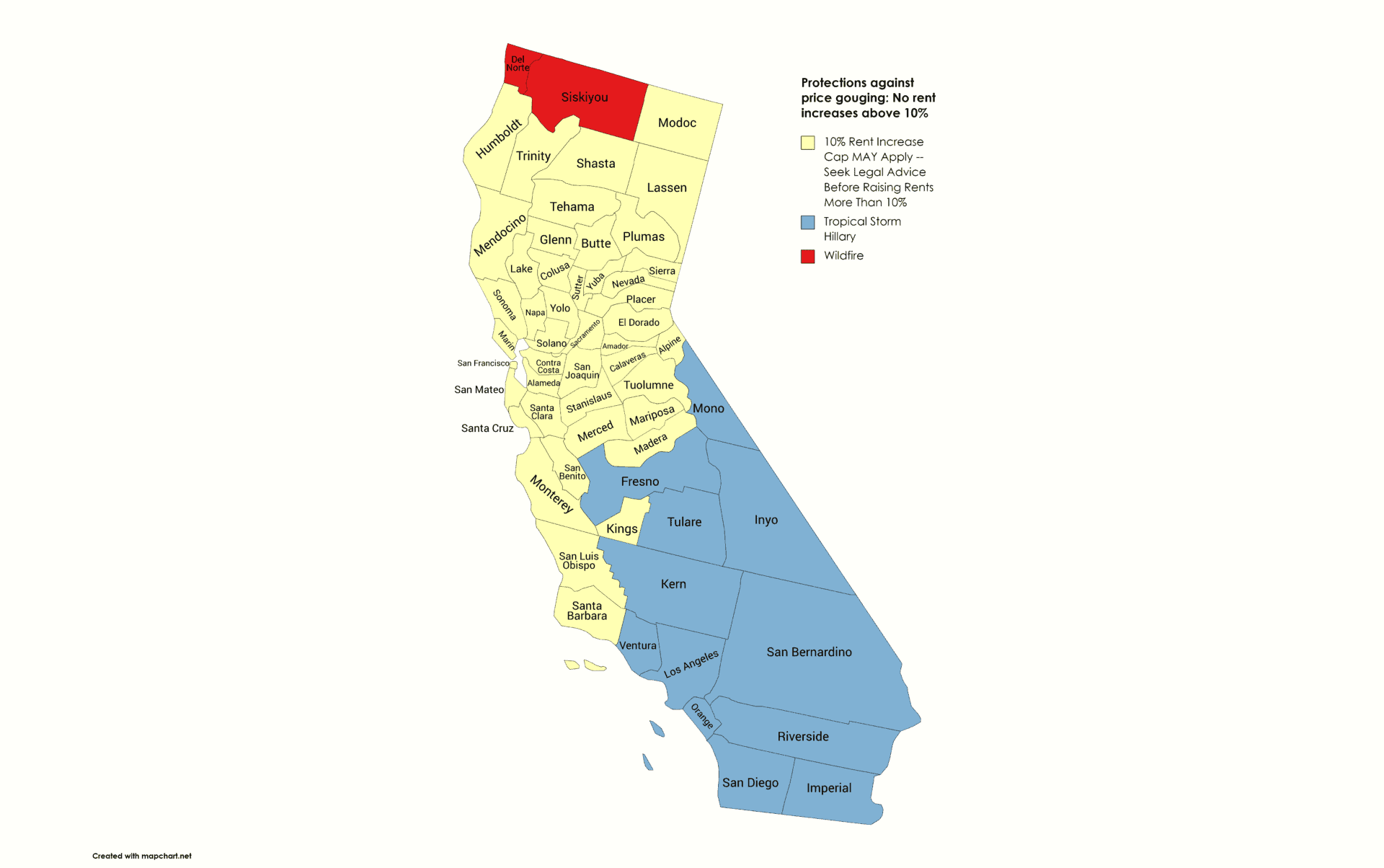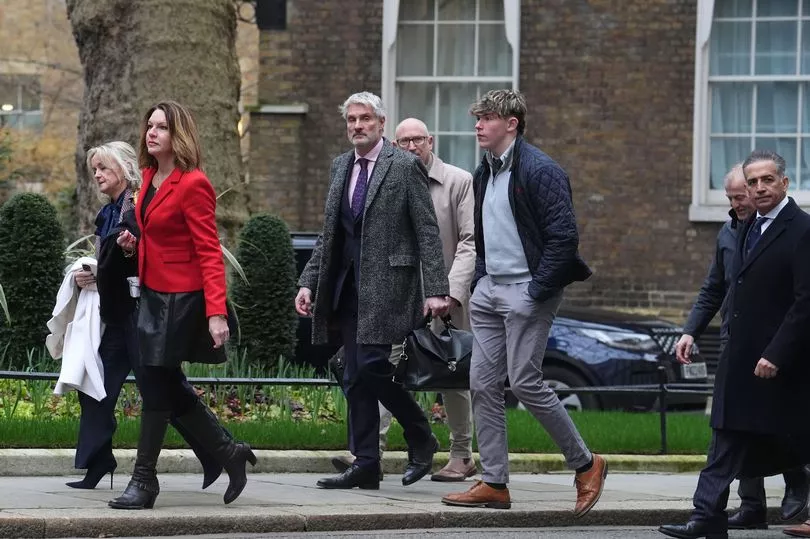Potential Changes To Migrant Detention Under Trump Administration

Table of Contents
Increased Detention Capacity and Funding
The Trump administration significantly increased funding for Immigration and Customs Enforcement (ICE) and Customs and Border Protection (CBP), directly leading to an expansion of detention capacity for migrants. This surge in funding fueled the construction and expansion of detention facilities across the country, reflecting a clear policy shift towards increased detention of migrants.
- Budgetary Increases: The ICE budget saw substantial increases, allocating billions of dollars towards detention operations. CBP, responsible for border security and initial apprehension, also received significant funding boosts. These increases facilitated the creation of numerous new detention beds and the expansion of existing facilities.
- Expansion of Detention Beds: The number of available detention beds increased dramatically under the Trump administration. This expansion enabled the government to detain a larger number of migrants for longer periods, regardless of their immigration status or the merits of their asylum claims.
- New and Expanded Facilities: Several new detention facilities were constructed, while existing facilities underwent significant expansion projects. These expansions often faced criticism regarding the quality of conditions and the treatment of detainees.
- Cost-Effectiveness Concerns: The massive investment in increased detention capacity sparked debate about its cost-effectiveness and efficiency. Critics argued that the resources could have been better allocated to alternative solutions, such as community-based supervision programs or improved processing of asylum claims.
Zero Tolerance Policy and Family Separation
The Trump administration's "zero tolerance" policy, implemented in 2018, dramatically altered the approach to illegal border crossings. This policy mandated the criminal prosecution of all adults crossing the border illegally, leading to the widespread separation of families. This action resulted in a humanitarian crisis, separating thousands of children from their parents.
- Explanation of Zero Tolerance: The policy aimed to deter illegal immigration by imposing criminal penalties on all adults apprehended at the border, regardless of circumstances.
- Family Separation Statistics: Thousands of children were separated from their parents under this policy, causing immense trauma and lasting psychological damage. The exact number remains a subject of ongoing investigation and debate.
- Legal Challenges: The family separation policy faced numerous legal challenges, with advocates arguing that it violated human rights and international law. Court rulings ultimately led to the policy's end, but the lasting damage to separated families persists.
- Long-Term Effects: The long-term impacts of family separation on children and parents are profound and far-reaching, including psychological trauma, disrupted family bonds, and difficulties in reunification.
- Ethical and Humanitarian Implications: The policy sparked widespread international condemnation due to its severe ethical and humanitarian implications. Many criticized the policy as inhumane and a violation of fundamental human rights.
Changes to Asylum Procedures and Due Process
The Trump administration implemented significant changes to asylum procedures, making it considerably more difficult for asylum seekers to successfully claim asylum in the United States. These changes restricted access to legal representation and fair hearings, undermining the principles of due process.
- Changes to the "Credible Fear" Standard: The administration tightened the "credible fear" standard, which determines whether an asylum seeker has a valid claim and can proceed with their case. This made it more difficult for individuals to meet the standard and advance their asylum claim.
- Increased Backlog in Immigration Courts: The changes contributed to a massive backlog in immigration courts, causing significant delays in processing asylum applications. This prolonged uncertainty created immense hardship for asylum seekers.
- Limited Access to Legal Aid: Asylum seekers faced limited access to legal representation, severely impacting their ability to present their cases effectively. The lack of legal aid disproportionately affected vulnerable populations.
- Impact on Asylum Acceptance Rates: The changes resulted in a noticeable decrease in asylum acceptance rates, highlighting the increased difficulty in obtaining asylum under the new procedures.
- Fairness and Efficiency Concerns: Critics argued that the modified processes were neither fair nor efficient, prioritizing rapid deportation over thorough evaluation of asylum claims.
The Role of Private Prisons in Migrant Detention
The Trump administration's reliance on private prisons for migrant detention significantly increased. This raised numerous concerns about accountability, potential conflicts of interest, and the prioritization of profit over the well-being of detainees.
- Number of Private Prisons: A substantial portion of migrant detention occurred in private facilities, leading to questions about transparency and oversight.
- Financial Incentives: The profit motive inherent in private prisons raised concerns about potential incentives to maximize occupancy, regardless of the need for detention.
- Conflicts of Interest: The involvement of private entities in immigration enforcement raised questions about potential conflicts of interest and the erosion of public accountability.
- Private vs. Public Detention Facilities: Comparisons between private and public detention facilities revealed disparities in conditions and standards of care, leading to further criticism of the use of private prisons.
Conclusion
The Trump administration's policies resulted in sweeping changes to migrant detention in the United States, characterized by increased detention capacity, the devastating family separation policy, restrictive asylum procedures, and the widespread use of private prisons. These actions had profound and lasting impacts on asylum seekers, families, and the overall immigration system. The controversies surrounding these policies continue to fuel ongoing debates and legal challenges. Understanding these changes is crucial for informed discussion and advocating for humane and just immigration practices. Further research and engagement in the ongoing dialogue surrounding immigration policy are essential. Stay informed on current developments in migrant detention and participate in advocating for humane and just immigration practices. The future of migrant detention requires continued attention and advocacy to ensure fairness, due process, and the protection of human rights.

Featured Posts
-
 Activist Suggests Uterine Transplants For Transgender Women To Give Birth
May 10, 2025
Activist Suggests Uterine Transplants For Transgender Women To Give Birth
May 10, 2025 -
 The Growing Problem Of Caravan Sites And Ghettoisation In The Uk
May 10, 2025
The Growing Problem Of Caravan Sites And Ghettoisation In The Uk
May 10, 2025 -
 Dijon Revele Le Role De Melanie Eiffel Dans La Reussite De Son Fils
May 10, 2025
Dijon Revele Le Role De Melanie Eiffel Dans La Reussite De Son Fils
May 10, 2025 -
 Increased Rent In La After Wildfires Are Landlords Price Gouging
May 10, 2025
Increased Rent In La After Wildfires Are Landlords Price Gouging
May 10, 2025 -
 Inquiry Into Nottingham Attacks Retired Judge Takes The Helm
May 10, 2025
Inquiry Into Nottingham Attacks Retired Judge Takes The Helm
May 10, 2025
Latest Posts
-
 New York Yankees Pummel Pittsburgh Pirates Judge And Fried Lead The Charge
May 11, 2025
New York Yankees Pummel Pittsburgh Pirates Judge And Fried Lead The Charge
May 11, 2025 -
 Analyzing Aaron Judges Hall Of Fame Chances At The 1 000 Game Mark
May 11, 2025
Analyzing Aaron Judges Hall Of Fame Chances At The 1 000 Game Mark
May 11, 2025 -
 Yankees Offensive Explosion Frieds Shutout Performance Secure Win Against Pirates
May 11, 2025
Yankees Offensive Explosion Frieds Shutout Performance Secure Win Against Pirates
May 11, 2025 -
 1 000 Games And Counting Is Aaron Judge A Lock For The Hall Of Fame
May 11, 2025
1 000 Games And Counting Is Aaron Judge A Lock For The Hall Of Fame
May 11, 2025 -
 Judges Homer Frieds Gem Yankees Dominant Win Over Pirates
May 11, 2025
Judges Homer Frieds Gem Yankees Dominant Win Over Pirates
May 11, 2025
